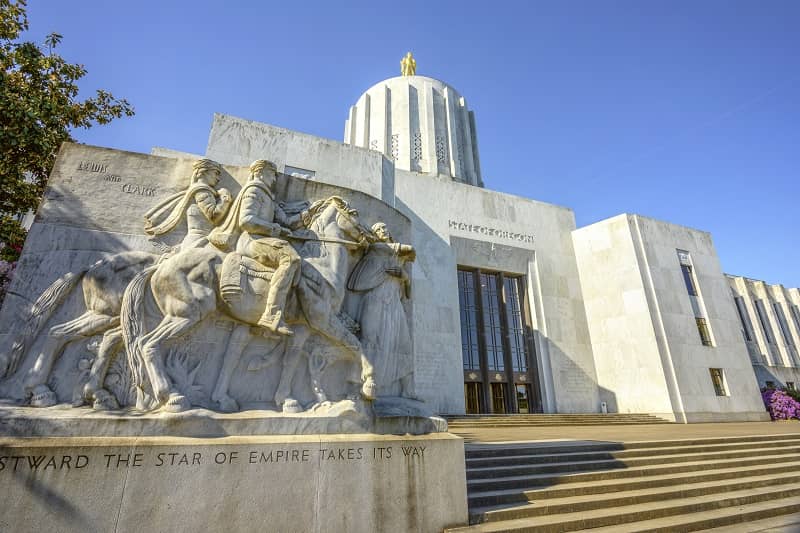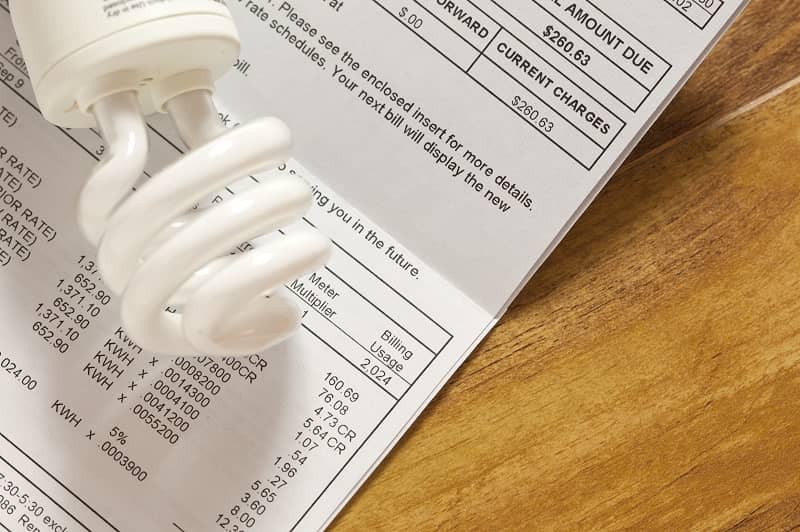By Brittany Hjelte
Oregon politicians banned the use of coal for electricity generation by 2030 and natural gas by 2040, pushing utilities to rely more on wind and solar energy. These sources often produce less than 10% of Oregon’s electricity needs, forcing utilities to engage in a costly overbuild of wind and solar infrastructure. Given that weather is unpredictable, how much overbuilding will be required to meet demand is unknown.
The grid must always balance supply and demand, and dispatchable energy must quickly adjust. Currently, energy storage at grid scale lasts only four hours before depleting, while wind and solar can be dormant for days. The premise that wind and solar energy could be reliable sources of electricity is fundamentally flawed.
When these electricity sources produce more than needed, electricity is curtailed as excess electricity is cut off from the grid and wasted. As we overbuild wind and solar to meet increasing demand, the cost of curtailed electricity grows. By the year 2040, over 80% of wind electricity may be curtailed during high production months. This will add to the cost of electricity.
Ratepayers are already seeing rising rates, and these will likely continue to increase as utilities overbuild infrastructure to align with policy objectives. Affordable, reliable electricity may become a service of the past. Oregon’s energy policy risks turning environmental efforts into unsustainable economic burdens.
Brittany Hjelte is a Research Associate at Cascade Policy Institute, Oregon’s free market public policy research organization.












